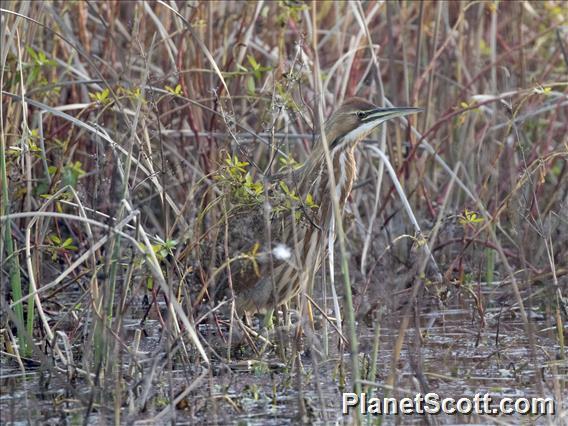American Bittern (Botaurus lentiginosus)

American Bittern (Botaurus lentiginosus)
×


American Bittern (Botaurus lentiginosus)
About American Bittern (Botaurus lentiginosus)
- Kingdom: Animals
- Phylum: Chordates
- Class: Birds
- Order: Pelicans
- Family: Herons
The American bittern is a species of wading bird in the heron family. It has a Nearctic distribution, breeding in Canada and the northern and central parts of the United States, and wintering in the U.S. Gulf Coast states, all of Florida into the Everglades, the Caribbean islands and parts of Central America.
Source: Wikipedia
Trips
No trip reports available.Visits
-
2001-12-31
La Tovara, Mexico -
2008-12-06
Colusa National Wildlife Refuge, United States of America -
-




